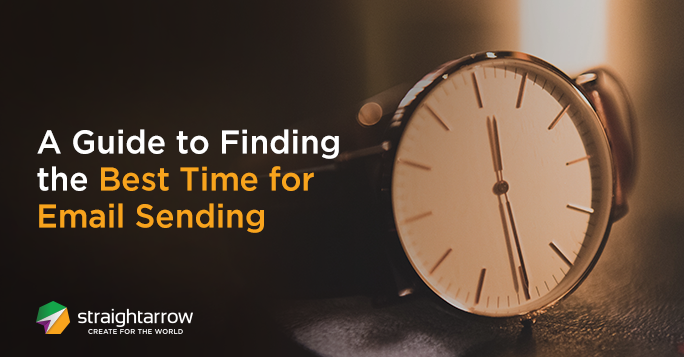
Email send time is often treated as a kind of mystical, fifth-element type secret to winning the email marketing game. Get it right and everything—from open rates to engagements—will follow.
While a lot of research has been conducted on when best to send emails, there is no universal answer except “It depends.” However, that doesn’t mean you’re on your own. The research provides a lot of information to use for guidelines and benchmarks.
Now, to make sense of all that information, it’s worth examining the concept of when itself. The Classical Greeks divided time into two concepts, which prove useful in discussing it: sequential time (chronos) and opportune moments (kairos).
Thinking about time like this can provide a more balanced answer to the question of when to send. This is because the best time isn’t fixed. It's a moment: after your customers have interacted with your brand.
But since this isn’t always an option, we often have to rely on optimising scheduled sends.
Sending on a Schedule
Two questions dominate the chronological aspect of email sending: 1) What is the best day of the week to send emails? 2) What is the best time of day to send them?
In a 2015 study, HubSpot analysed email open rates according to days of the week and hours in the day.
Their results showed that emails sent on Tuesday performed best, followed closely by Wednesday and Thursday. Weekends had the lowest open rates—but if you must send on a weekend, choose Sunday.
Late morning sends performed best across the board. 11am was the hour with the most email opens for all days except Sunday, which had a stronger showing for 9pm.
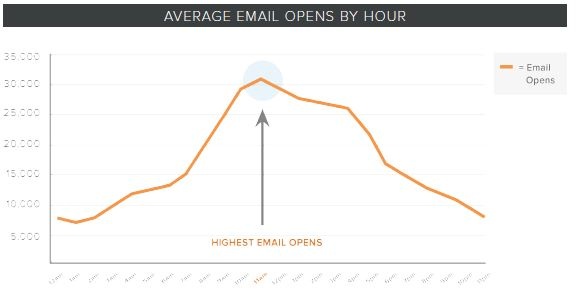
It should be noted that these represent overall trends and patterns may vary within industries, businesses, or locales.
Most of the trends, for instance, presume a regular working schedule, where someone comes in mid-morning and works until late afternoon. If your target buyers work later or irregular shifts, their email engagement patterns might be different.
Similarly, the industry you’re in plays a large part. Entertainment businesses might find more success later in the week, like Thursday or Friday, when people are making weekend plans.
Sending as a Response
By the numbers, though, the best time to send an email is right after a customer interacts with your company. Transactional emails—those sent when someone subscribes to, or downloads or buys something—easily outperform other email types.
According to a 2016 study by IBM, transactional emails scored median open and clickthrough rates over twice as high as those of non-transactional emails. In fact, at 19.5 percent in the bottom quartile, even the weakest transactional emails are opened at nearly the same rate as the mean non-transactional email.


Given the efficacy of transactional emails, it’s important not to let them pass without prompting customers for further engagement. Suggesting relevant downloads, promotional offers, or email/blog subscriptions are common choices.
Of course, even opportune timing can only go so far. To be truly effective, your emails and their CTAs will still rely on content, design, and personalisation. There are several email marketing tips that you can follow to ensure your emails hit hard while the iron’s hot.
Mixing It Up: Holiday Sending
Holiday email campaigns exist somewhere between the scheduled and the opportune. While they’re fixed to a certain time of year, they nonetheless exploit a particular moment in your customers’ routines.
Long story short, holiday campaigns are generally a good idea. Various studies confirm that total email opens and clicks are higher during the holiday period stretching from the last week of November to the first week of January.
However, this increase is the result of higher email volume, as average open and clickthrough rates on individual emails tend to drop. IBM’s study found that open rates for retail companies were 18.8 percent lower during the holiday season, and clickthrough rates were 28.6 percent lower.
In other words, companies that send more emails during the holidays should expect their engagement rates to drop. But as long as the drop isn’t as steep as their increase in volume, that means they’re getting higher overall engagement. Just remember not to sacrifice quality for quantity: your customers will ultimately judge each email on the basis of what it offers them.
HubSpot’s research provides a closer look: email engagement rises slightly at the end of November, and overall opens are at their best in the second week of December. However, engagement dips significantly just before Christmas, with the lowest open rates on Christmas Eve and Christmas Day. Engagement begins rising again in the first week of January.
Keep in mind, though, that engagement even with lower engagement rates, you can pull off a win by increasing the number of quality emails you send.
Again, all of this information should serve only as a guideline for your own research. Industry standards are a good point of departure, but their presumptions may not match those of your target customers. Research your market’s habits, experiment with your emails, and find what works best for your business.
Email marketing works best when paired with a strong, customer-focused marketing strategy and tools to make the most of it.
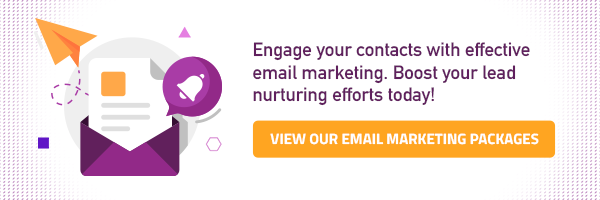










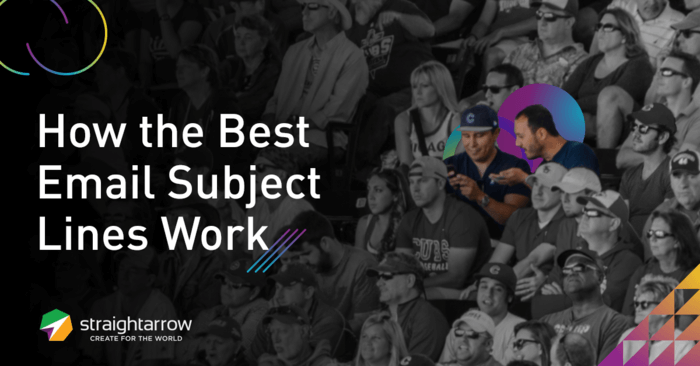
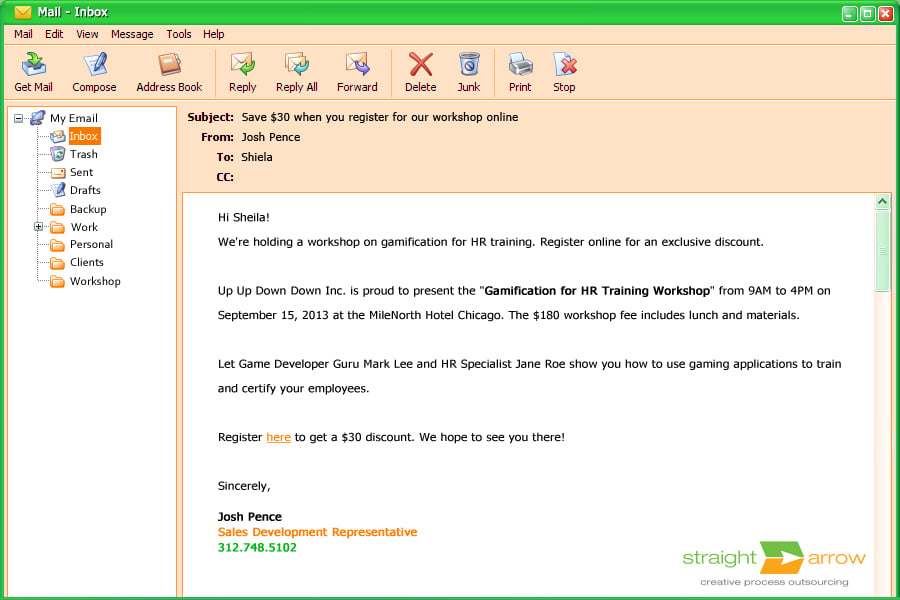

Comments